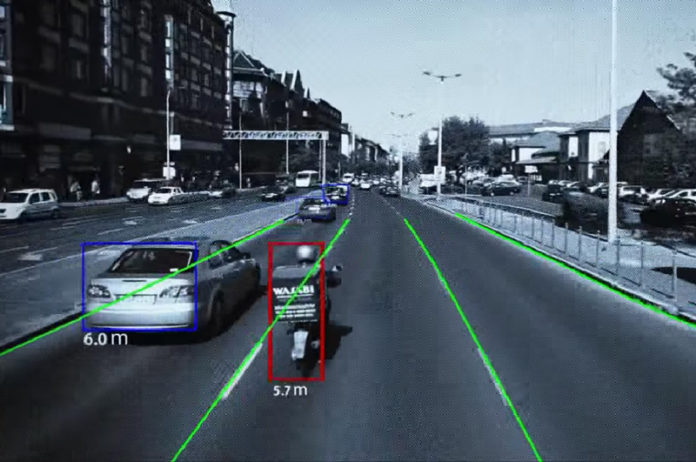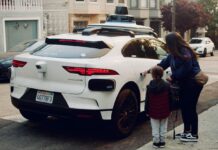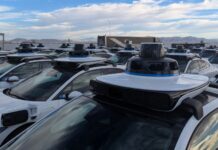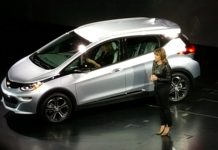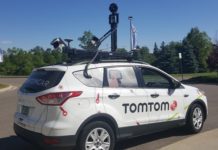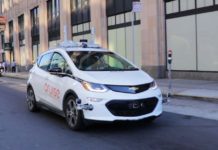The reports of suburbia’s death have been greatly exaggerated. The emergence of driverless cars–like past innovations in transportation technology–will actually put significant pressure on our cities to expand. As this pressure increases, rich, white-collar workers will be more likely to live in prosperous areas beyond the suburbs. This shift will bring important–but familiar–policy challenges as segregation increases across our largest cities.
Will it happen? And if it does, when? The emergence of new transport technologies will put continued pressure on cities to expand outward as households seek bigger homes on bigger lots in less developed locales. This migration, however, isn’t a groundbreaking transformational shift. It’s more of history repeating itself, but it’s unlikely to happen quickly but rather over the coming decades.
New transportation technology has been driving an urban exodus for more than a hundred years: in the mid-1800s, omnibuses allowed households to move out from city centers to inner-ring suburbs; at the turn of the 20th century, streetcars paved the way for suburbs; and in the middle of 20th century, personal cars and the new interstate highway system created the vast commuter suburbs we know today.
Driverless cars will mark the beginning of society’s expansion to the exurbs. The game changer here is that driverless cars will lower the time cost of commuting (that is, the opportunity cost of not being able to do other things while driving a vehicle) rather than just the operational costs (which includes the costs of fuel, vehicle maintenance, insurance, etc.). This subtle yet important difference disproportionately benefits higher-income households–allowing them to exurbanize, leaving middle and low-income households behind.
There are three reasons that rich households will drive exurban expansion. First, high-income households have a higher opportunity cost of time: earning $100 per hour means your time cost, according to the market, is greater than someone who earns $30. This means these higher income consumers stand to reap greater financial benefits from adopting time-saving modes of transport, such as driverless cars. As such, they will likely be early and more widespread adopters of driverless cars.
Second, housing consumption is income elastic. That means as people make more money, their desire to live in larger homes with more open space and better public services increases. On average, high-income households live in homes that are 43% and 22% larger than low- and middle-income households, respectively. What’s more, this difference in home size preference by income class (inferred through the average number of rooms in a home) has persisted at least as far back as data allow us to go (1980), and likely further. In fact, their demand for larger homes has outweighed their time cost of commuting to the point that, aggregately, they’re currently willing to spend more time commuting than lower income households. As a result, there’s a strong argument that rich, white-collar workers are more likely to use driverless cars to live in areas that have larger homes, which tend to be on the urban periphery.
Last, and most importantly, high-income households are more likely to engage in knowledge work that can at least be partially done while riding in a driverless car. This last point is important. Since driverless cars theoretically allow white-collar workers to spend their commute time being productive, blue-collar workers can’t afford to waste time commuting to work (though they are often forced to). So though post-recession trends have seen a slight increase in the share of households living in cities, we think driverless cars will create a future where low- and middle-income households live in city centers surrounded by wealthy exurbs.
What this means is that we can expect driverless cars to bring yet another wave of increased segregation between the rich and poor. The first wave was the white flight of the 1950s and 1960s. Personal cars and the interstate highways allowed richer households to leave cities, taking tax revenue, spending and healthy school budgets with them. As they suburbanized, the rich closed the gate behind them with restrictive zoning ordinances that prevented the development of more affordable housing, such as apartments, townhouses, and condos. This prevented low-income and minority households from suburbanizing with them. Instead, those groups were left behind in the inner city, leaving them vulnerable to disinvestment, urban decay, and economic decline.
Driverless cars will likely have the same effect, but the impact could be larger. We are likely to see an even more dramatic division of rich and poor as higher-income households self-segregate to the exurbs, along with an increase in social equity issues–lack of access to quality education, public services, and jobs–that can also arise when wealthier taxpayers leave an area.
But can anything be done to level the playing field? Yes. Responses come in two different flavors: regulation or mitigation.
Policy makers have a wide range of approaches. At the extreme, personal-use driverless cars could be banned, but this is neither plausible nor desirable. The benefits are too great: Driverless cars could reduce the over 35,000 motor vehicles deaths we see each year, and people could save billions of hours in driving time. A more reasonable and effective plan is mitigation. Taxing the ownership or use of driverless cars could be used to pay for the infrastructure costs needed to accommodate widespread driverless car adoption or the social and economic costs that arise from increased segregation.
There are a variety of other regional tax, housing, and land use policy reforms that can help mitigate the negative social impacts that arise from the adoption of driverless cars. Regional tax-sharing programs mitigate problems arising from tax-base loss, and it’s hardly radical. For example, the Fiscal Disparities Act was passed by the Minnesota Legislature in the 1970s and effectively required wealthy communities to share their local tax revenue–up to 40% in some cases–with less affluent communities. Another approach would be to promote affordable housing in new communities, whether it be through deregulation of restrictive land use policies, subsidized affordable housing, or both. Such inclusionary policies will help prevent wealthy households from “closing the door” on lower income households as they ex-urbanize. Last, existing land use tools, such as urban growth boundaries, infrastructure pricing and development taxes, can reduce the outward march of wealthy households by limiting the supply of developable land in the exurbs.Ultimately, none of these policy efforts would be new. But our efforts to create and maintain healthy, diverse communities in the driverless car age would have something previous city planning didn’t: it would be more planning, and less reacting.
Ralph McLaughlin is the chief economist at Trulia.



